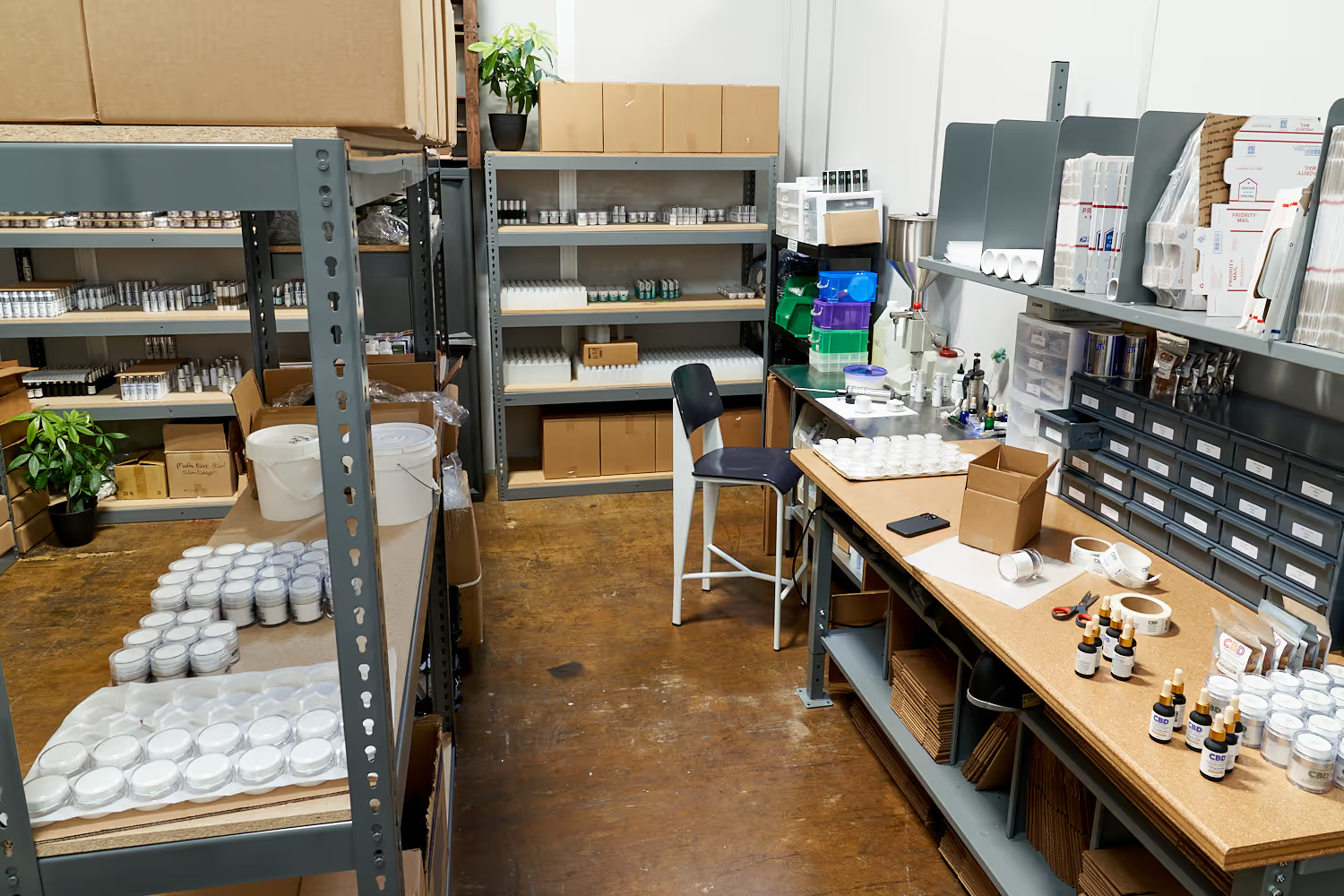Two weeks ago, we explored the end of the de minimis exemption for Chinese imports—an inflection point that reshaped sourcing strategies for many small businesses. Today, we’re revisiting the trade landscape with a new development: a 90-day pause on recently enacted tariffs. While this rollback may offer short-term relief for some importers, others will find that key pressure points remain unchanged.
In what follows, we’ll unpack what’s new, clarify common points of confusion, and offer practical guidance for navigating this next chapter.
1. Quick recap of what changed today
- Washington and Beijing agreed to a 90‑day “time‑out” on their spring tariff war. The U.S. is rolling back the Section 301 “reciprocal” tariff from 125% to 10% for goods from China that clear formal customs entry, effective May 13 – August 11, 2025.
- A separate 20 % duty that President Trump imposed February 4 under a fentanyl‑related national‑security order stays in place. The White House doubled that surcharge from 10% to 20% on March 3.
- Result: your effective headline tariff on regular container or pallet imports is now 20% + 10% = 30%.
- Nothing changed on the small‑parcel front. Packages from China or Hong Kong under $800 still face a 120% duty (plus the $100/$200 per‑parcel fee the post office collects).
2. The most common questions we’re already hearing
Is the tariff 10% or 30%?
Both. 1% is the new Section 301 rate; add the standing 20% fentanyl surcharge, and you pay 30%. Most headlines quote just the variable piece, which is why numbers differ.
Why did the White House leave the parcel crackdown in place?
Because that rule is anchored in a fentanyl‑control emergency order and plays well politically. It’s outside the Geneva trade track, so officials could dial back container tariffs while keeping the small‑parcel squeeze.
Could the 30% drop again after August 11?
Yes—if negotiators convert the pause into a broader deal. But failure to reach agreement snaps the Section 301 layer right back to 125%, taking the combined rate to 145% overnight. Plan inventory accordingly.
What about product‑specific exclusions?
The United States Trade Representative (USTR) hinted it may reopen an exclusion process, but nothing is on the Federal Register yet. Keep HTS codes handy and be ready to file fast.
Will freight get cheaper?
Not immediately. Separate Section 301 maritime “port‑service fees” aimed at Chinese‑built or Chinese‑operated vessels are set for final publication this summer and could lift base ocean costs a few percent once they bite.
3. Practical next steps for small- to medium-sized merchants
- Update landed‑cost models with a 30% duty for anything arriving May‑July and a worst‑case 145% for August‑onward arrivals.
- Time your re‑orders. Pull forward critical SKUs to land before the August window closes, but don’t over‑stock if cash is tight.
- Re‑examine direct‑from‑China drop‑ship. With a 120% parcel duty now in play, the cost advantage is basically gone. Bringing your inventory stateside? That math might finally make sense.
- Talk to freight forwarders about surcharge pass‑through. Ask them to break out any forthcoming port‑service fees so you see the true landed cost per cubic foot.
- Stay alert for product‑exclusion relief. When USTR opens its section 301 tariff comment portal, move fast—past rounds filled up within days.
- Communicate with customers early. If you’ll adjust pricing or lead times, get in front of it now to avoid last‑minute surprises.
4. The bottom line
The truce slices eye‑watering tariffs to a still hefty but survivable 30%. Small‑parcel de minimis relief never arrives, so any brand still leaning on that channel needs a pivot plan. Think of the next 90 days as breathing room: optimise your sourcing mix, lock in freight, and position inventory before the clock (and possibly 145%) returns.
As always, Saltbox’s team and community are here to help you navigate the moving parts. Email us at experts@saltbox.com if you’d like hands‑on support turning these headlines into hard numbers and next steps for your business.
ICYMI: Our past coverage
Catch up or dive deeper:
For Her
For Him
For Pets
For Anyone

Related posts
Learn from businesses improving their operational efficiency. Explore how Saltbox’s expert support and flexible spaces drive their growth.


Black Friday ecommerce strategy: Complete 2025 guide to maximize holiday sales
Discover a comprehensive Black Friday ecommerce strategy for 2025 to maximize your holiday sales. Learn expert tips on technical optimization, targeted marketing, inventory planning, and customer retention to boost your online store’s performance during the busiest shopping season.


The ultimate small business holiday gift guide 2025
Every item in this guide comes from a Saltbox member. Thoughtfully made, ready to ship, and powered by small businesses.


Holiday shipping deadlines 2025: Complete guide for on-time delivery
This comprehensive guide covers every major carrier’s 2025 holiday shipping deadlines, from standard ground services to last-minute express options.







